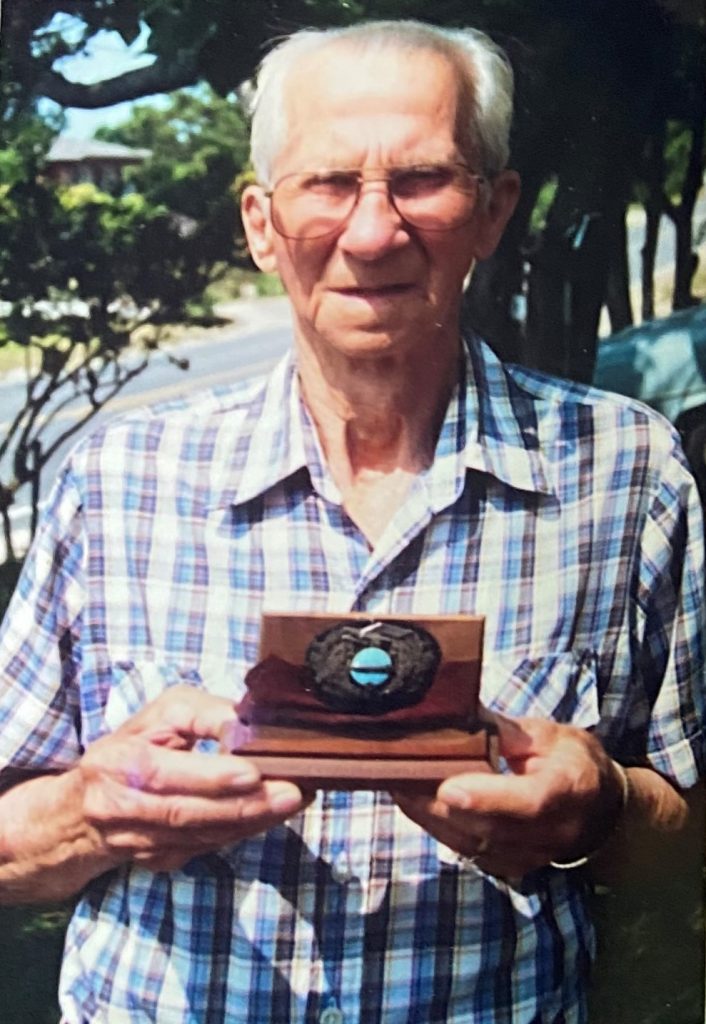I normally talk about cool early items in my blog, but the other day one of the most amazing artifacts with just as amazing a story came along.

Chief Petty Officer Thomas J. Evans, United States Coast Guard, was stationed at Ocean City N.J. when early on the morning of May 6th, 1937, a message from the Naval Air Station at Lakehurst requested men for active duty for when the Hindenburg arrived at the airbase. The mammoth German dirigible was scheduled to moor at 4pm. Due to a local storm the landing was postponed till 7pm. During this time the big zeppelin cruised to New York city and back. Shortly after 7pm the Hindenburg, with its mooring lines dangling over the sides, edged slowly toward the mooring mast. At 7:21 two explosions were heard, and the Hindenburg erupted into flames. Chief Evans was standing directly underneath the ship as it fell toward the ground. As he ran, trying to escape the falling debris, another man bumped into him, sending him running the length of the ship. As he ran, he could hear the tail section behind him crash to the ground. He sped up and his biggest fear at that moment occurred when part of the superstructure hit his heel taking him to his knee. As he pushed himself up off the ground, he saw a smoldering shiny object directly below that he scooped up as he expected the ship to come crash down on him. Just to his side was the cockpit that saved his life long enough to pivot there as he dashed out from under the crashing ship. Without thought he pocketed his find, and his work detail now became a search and rescue mission. Hours later he stepped off to the side to investigate what he risked his life to obtain. It was a cap insignia from one of the officers. He also acquired a small section of the Hindenburg superstructure and two small stones from the crash site.
So Chief Petty Officer Evans barely escaped being killed by the burning hulk of the Hindenburg and picked up an amazing artifact, but whom might it have belonged to from the crew? Luckily for us, the first officer of the ship, Captain Albert Sammt, left a record in his autobiography and he mentions losing his cap insignia “Once I’d gotten the last of the flames put out, I opened first one eye, and then the other: I could see! Then I reached for my ears: they were still there too. Fortunately, my hat was still sitting on my head, although the insignia on the front had been torn off at some point during my escape. I had pulled my hat down tightly over my ears, which protected my eyes and ears – otherwise I would have been far more badly burned.”
It isn’t often that an object comes in with such wonderful history!






